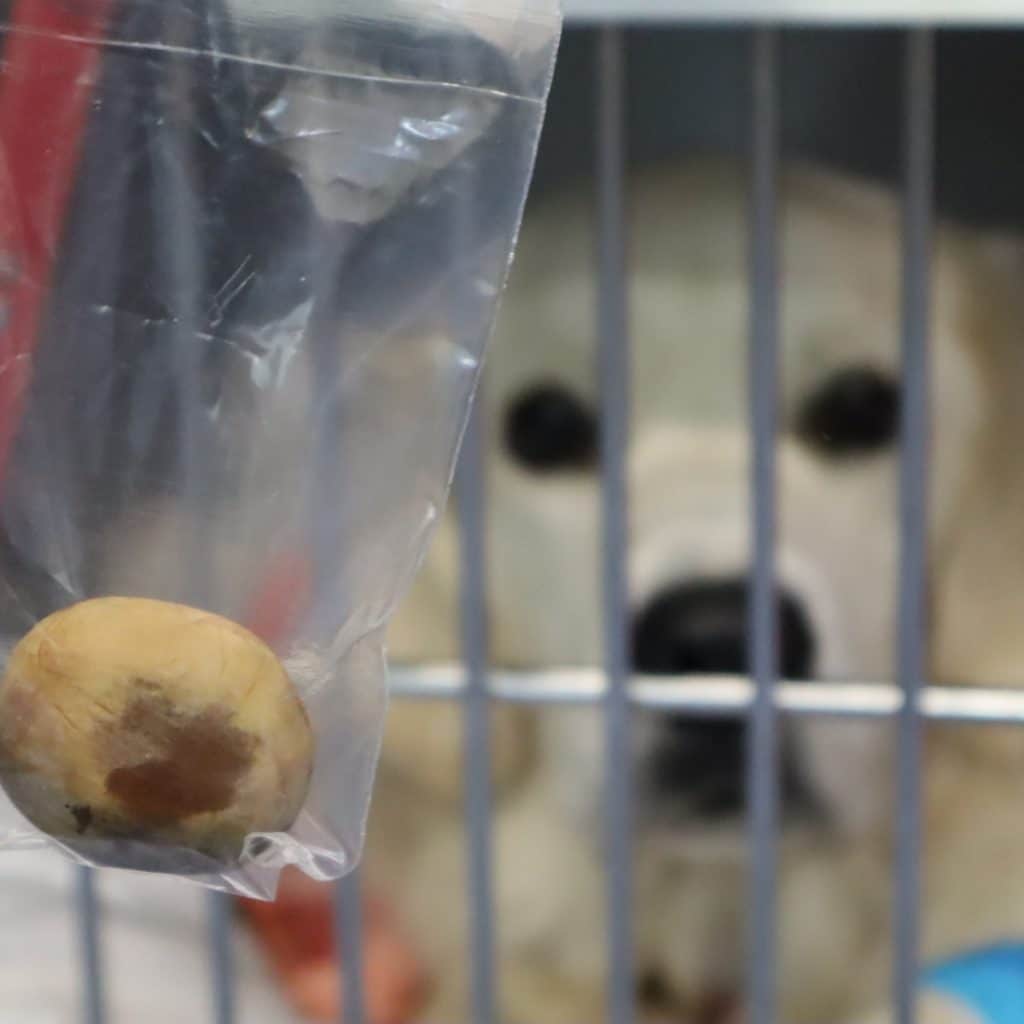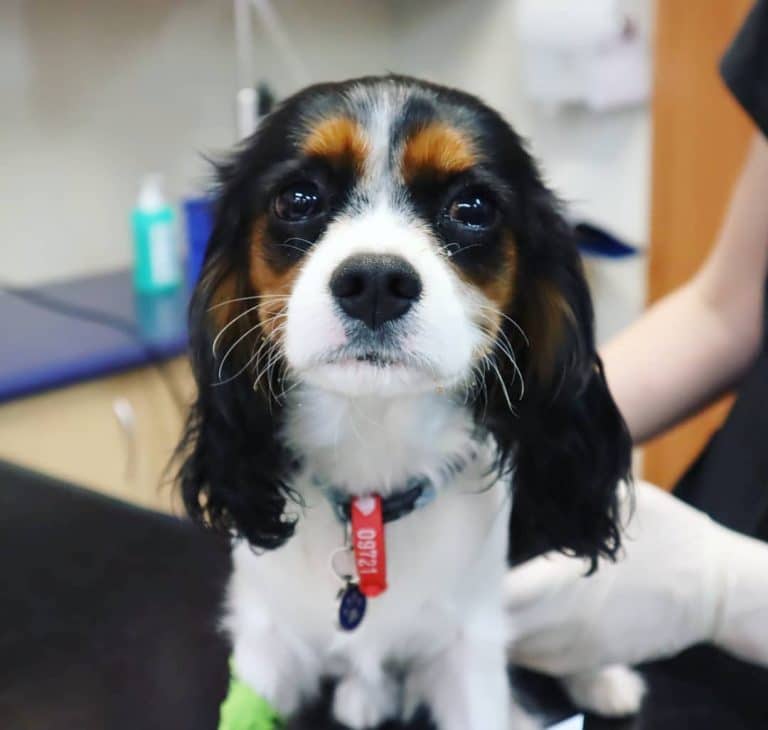Oliver & the Sago Palm Tree Seed
Ahh, that post-weekend reflection (aka hello regret!) hits you like a slap in the face. That magical moment when you check your -$2 bank balance… or spot the empty Tim-Tam packets and pizza boxes littering the lounge, after binge-watching entire seasons of The Bachelor in your PJs all weekend.
Oliver
Whatever your Monday reflection is, at least you didn’t spend your whole weekend in hospital after chowing down on a very toxic Sago Palm Tree seed like poor Oliver. Nothing says regret more than these sad lamenting puppy dog eyes.
So like most humans, Oliver was also contemplating his life choices on Monday with the canine equivalent of vowing “never to do that again”, promising to save his next paycheck, restart yoga and go on a juice cleanse. But unfortunately, doggos never set rules… They just live life at 500% every day, eating everything – edible, inedible, doesn’t matter, let’s try it! Eat now, regret later!

Cycad Palms
This gets them into a bit of strife with palms that are members of the Cycad family being extremely toxic to dogs. These are usually found in tropical or subtropical climates (G’day most of Australia!). All parts of the palm contain Cycasin, the main toxic agent that causes severe liver failure in canines. Therefore every part of the plant (including the leaves) is toxic, with the seed being the worst of all.
Of course, the seed looked the most appealing to Oliver and so he swallowed it whole! Without chewing, this luckily limited his exposure to the Cycasin toxin. However, the seed got stuck in his small intestine blocking the pathway of his food, which still made this poor pup very sick, and required Dr Bek to perform urgent surgery to remove. Even with aggressive treatment, survival rates are only 50% so lovely Oliver was extremely lucky escaping with no signs of liver or neurological damage.

Symptoms to Watch Out For
Within 15 minutes of ingestion:
– Gastrointestinal upset including drooling, loss of appetite, vomiting, and diarrhea.
Within 15 minutes to several hours after ingestion:
– Central nervous system and neurological disease signs including weakness and lethargy, impaired coordination or an unsteady walk, seizures and tremors.
– Gastrointestinal blockage including abnormal abdominal fluid build-up and pain, jaundice, and black or red stool.
Within 2-3 days post-ingestion:
– Liver disease and severe liver failure.

Alternative Names for Toxic Palms
Cycads, Cycadaceae, Sago, Zamias, Macrozamia, Cycas Cirinalis, Japanese Cycad, Cycad Revolute, Coontie Plant, Zamia Pumila, Cardboard Palm, Zamia Furfuracea
Early treatment (or better yet, prevention by removal and knowledge of toxic plants) is key to surviving Cycad poisoning.




